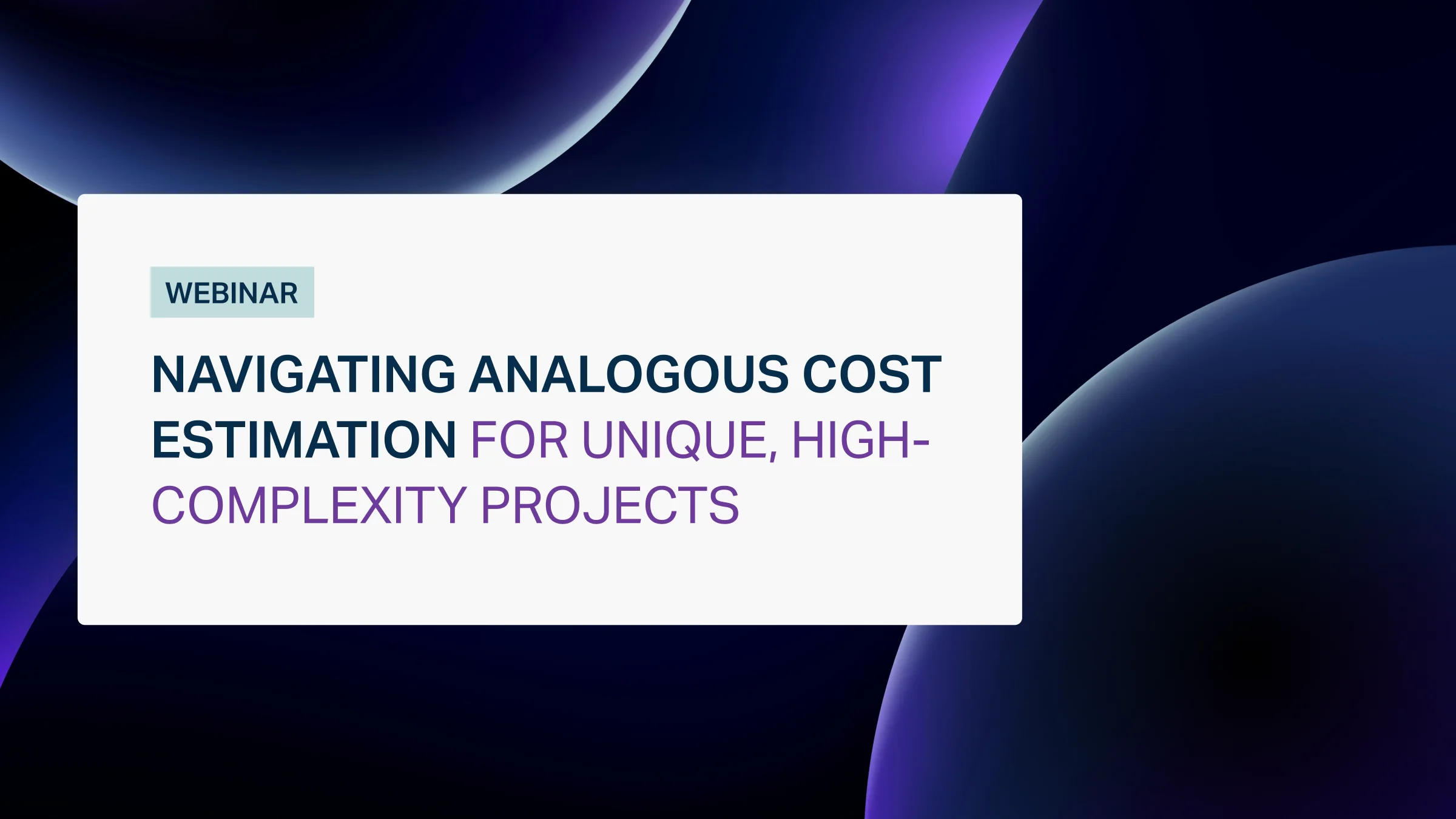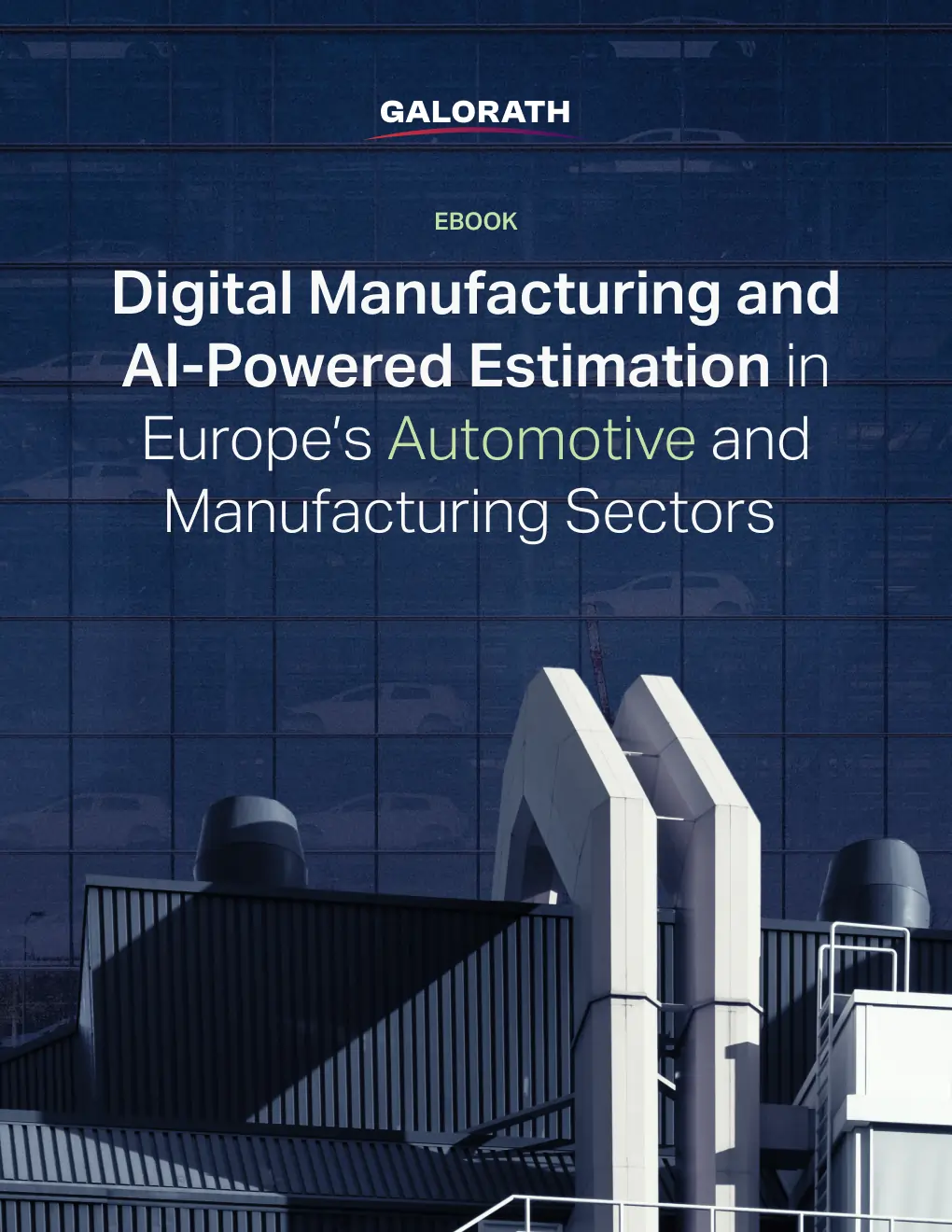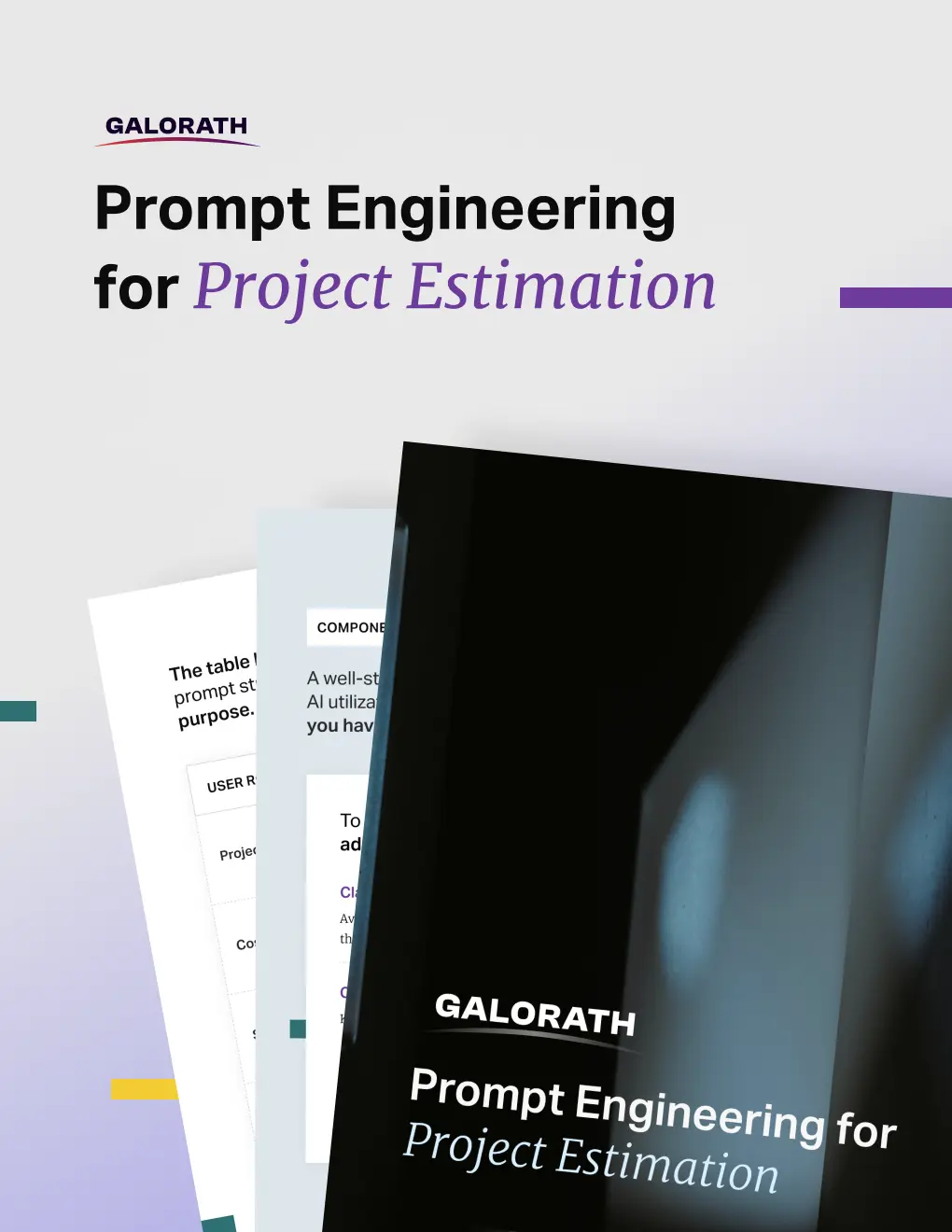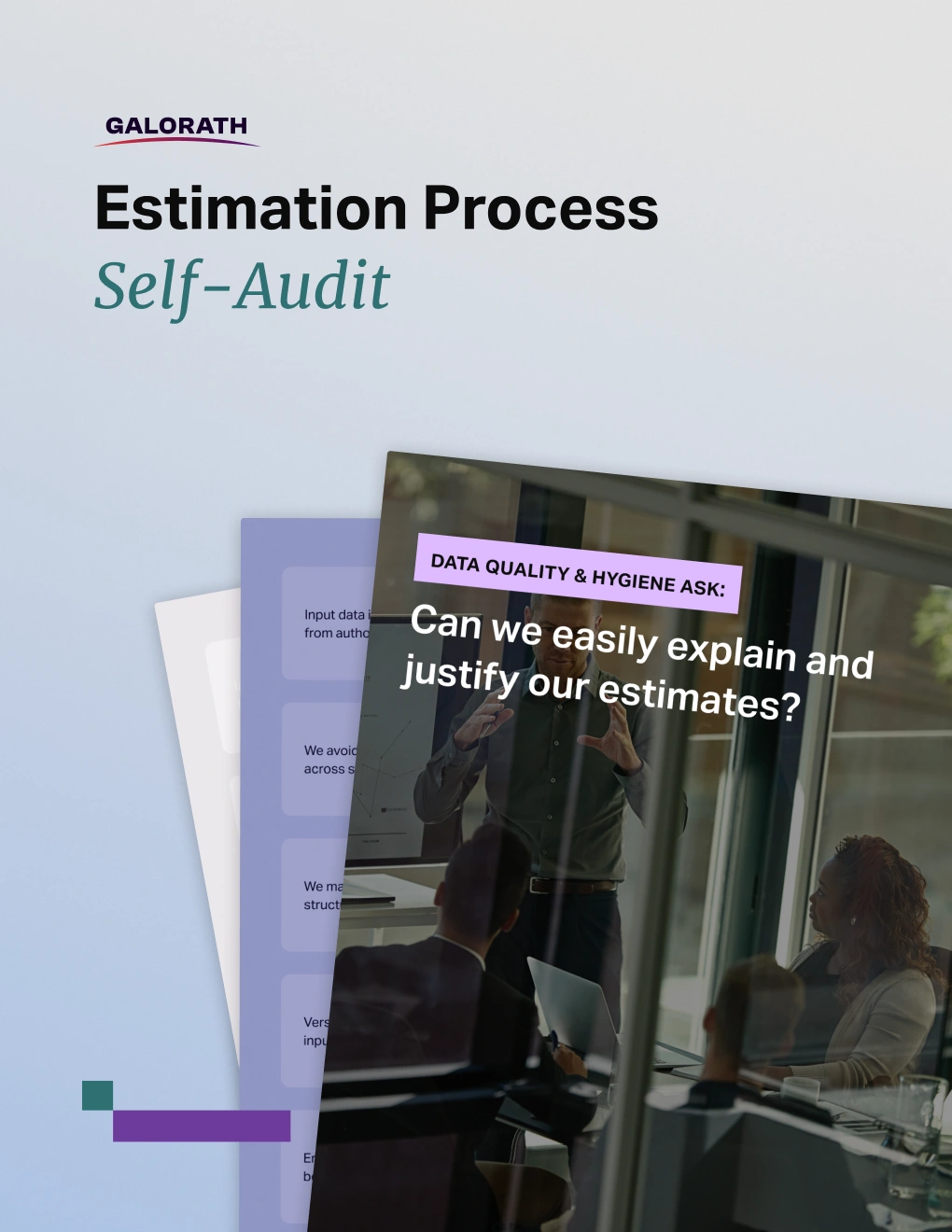Mastering Cost Risk with the CRED Model: A New Approach to Managing Uncertainty
Cost Benefit Analysis (CBA) is a decision-making tool that compares the expected costs of a project or investment with its potential benefits. The goal is to determine whether the benefits outweigh the costs, and by how much.
CBA is widely used in project evaluation, investment decisions, and financial planning because it simplifies complex choices into measurable outcomes. Using formulas like net present value (NPV), internal rate of return (IRR), and the benefit-cost ratio (BCR), it helps decision-makers forecast returns, reduce risk, and allocate resources efficiently.
This guide covers:
- The definition and core principles of cost benefit analysis
- Key formulas and calculations for cost benefit analysis
- The cost-benefit analysis step-by-step process
- Real-world examples and applications of cost benefit analysis
- Common limitations and comparisons with other methods
What is Cost Benefit Analysis?
Cost Benefit Analysis (CBA) is an economic evaluation method that measures whether a project, policy, or investment is financially viable by comparing its total expected costs with its total expected benefits.
As Gerald Shively explains, benefit-cost analysis (BCA) is a technique for evaluating a project or investment by comparing the economic benefits of an activity with the economic costs of the activity.
The central purpose of cost benefit analysis is to determine the net benefit of a decision and guide resource allocation toward the most valuable option. According to D. Bouyssou et al. (2000), a project should only be undertaken when its ‘benefits’ outweigh its ‘costs’.
In practice, CBA involves identifying all tangible and intangible impacts of a project, assigning monetary values to them, and calculating whether the benefits outweigh the costs. This structured approach helps organizations compare multiple alternatives, perform project evaluation, and improve overall financial decision-making.
History and Evolution of Cost Benefit Analysis
Cost Benefit Analysis (CBA) began in the early 20th century as a method for evaluating public policy and transportation investments. Governments used it to decide whether large infrastructure projects delivered greater benefits than costs.
By the mid-1900s, U.S. agencies applied CBA to water resource development and environmental programs, turning it into a formal decision framework for public projects.
In the late 20th century, businesses adopted CBA for capital budgeting, project evaluation, and financial decision making, using it to measure cost savings and guide investment decisions.
Today, CBA is applied worldwide in government planning and corporate strategy, helping organizations compare projects, assess long-term cost evaluations, and perform risk assessment with tools like net present value and the benefit-cost ratio.
Why Cost Benefit Analysis is Important in Decision-Making?
Cost Benefit Analysis (CBA) is important because it provides a clear, measurable basis for deciding whether a project, policy, or investment is worth pursuing. By comparing costs and expected benefits, it reduces uncertainty and improves accountability in both public and private sectors.
As Xiang-dong explains, cost-benefit analysis is a decision method through which an optimized decision is chosen by means of comparing the anticipated cost and benefit of different decision alternatives.
In project feasibility, CBA helps determine if proposed initiatives deliver enough net benefits to justify the required spending. For resource allocation, it ensures funds, time, and manpower are directed toward projects with the highest financial impact and return ratio.
For example, R. Agusdin & N. Aidil (2022) in “Feasibility Analysis of Information Technology Investment Using Cost Benefit Analysis Method“ found that when applying CBA to IT investment decisions, metrics such as Net Present Value (NPV), Payback Period (PP), and Benefit-Cost Ratio (BCR) showed the project was feasible to continue.
Governments use CBA in policy development to weigh social and economic trade-offs, while businesses apply it in investment planning to calculate net present value, evaluate long-term costs, and perform sensitivity analysis for project uncertainty.
The economic value of CBA lies in its ability to guide investment decisions, improve capital budgeting, and measure tangible and intangible benefits. Its business value comes from supporting cost savings estimates, identifying risks, and providing a structured decision framework that aligns short-term choices with long-term growth.
Core Components of a Cost Benefit Analysis
A Cost Benefit Analysis (CBA) relies on several core elements that determine the accuracy of results. These include costs, benefits, the discount rate, the time horizon, risk factors, and sensitivity analysis. Each component ensures that decision-makers can compare alternatives fairly and assess both short-term and long-term impacts.
As O’Mahony (2021) emphasizes, “the time horizon can have a considerable impact on results, even more substantial than the discount rate,” which makes it a critical factor in ensuring accurate long-term evaluations. Similarly, Almansa and Martínez-Paz highlight that “the choice of discount rate and time horizon is of particular relevance, because it can lead to very different profitability assessments.”
Types of Costs in Cost-Benefit Analysis
- Direct Costs – Expenses directly tied to a project, such as equipment purchases, construction costs, and employee salaries.
- Indirect Costs – Supporting costs that are not project-specific, including utilities, administrative overhead, and training.
- Intangible Costs – Hard-to-measure impacts like reduced employee morale, customer dissatisfaction, or reputational damage.
- Sunk Costs – Past expenses that cannot be recovered, such as R&D spending, which should not influence future decisions.
- Opportunity Costs – The value of the next best alternative foregone, for example, choosing one investment project over another.
Types of Benefits in Cost-Benefit Analysis
- Direct Benefits – Measurable gains such as revenue growth, production increases, or cost savings estimates.
- Indirect Benefits – Secondary outcomes like improved stakeholder relationships or higher supply chain efficiency.
- Intangible Benefits – Non-financial gains, including brand recognition, customer satisfaction, or employee retention.
- Social and Environmental Benefits – Broader impacts like reduced pollution, improved public health, or community development.
Understanding the Cost Benefit Ratio
The Benefit-Cost Ratio (BCR) is a core formula in Cost Benefit Analysis (CBA). It is calculated as:
BCR = Present Value of Benefits ÷ Present Value of Costs
- BCR > 1 → the project is financially viable, as benefits exceed costs.
- BCR = 1 → the project breaks even, delivering no net gain.
- BCR < 1 → the project is not viable, as costs outweigh benefits.
The BCR is widely used in project evaluation, investment appraisal with NPV, and long-term cost evaluations, making it a quick measure for comparing multiple investment options.
Net Present Value (NPV) in CBA
Net Present Value (NPV) measures the difference between the present value of benefits and the present value of costs over a project’s time horizon. It uses a discount rate calculation to convert future values into today’s terms.
- Positive NPV → benefits exceed costs, making the project viable.
- Negative NPV → costs exceed benefits, signaling the project should be rejected.
Example:
- Project A has future benefits of $150,000 and costs of $100,000. Discounted to present values, benefits = $120,000 and costs = $90,000 → NPV = +$30,000 (viable).
- Project B has discounted benefits of $80,000 and costs of $100,000 → NPV = -$20,000 (not viable).
NPV is essential for long-term project planning, financial return assessment using NPV, and evaluating tangible and intangible benefits.
Internal Rate of Return (IRR) vs CBA
The Internal Rate of Return (IRR) is the discount rate at which NPV equals zero. It represents the expected rate of return from a project. While IRR is useful for comparing profitability across projects, it does not always account for differences in scale or timing of cash flows.
- IRR is best for ranking investment opportunities and estimating profitability.
- CBA with NPV and BCR provides a fuller picture by measuring total financial impact, risk-adjusted return analysis, and broader economic evaluation.
How to Perform a Cost Benefit Analysis: Step-by-Step guide
A Cost Benefit Analysis (CBA) follows a structured process to ensure decisions are based on measurable evidence. Below is a practical step-by-step guide with 7 key stages.
Step 1: Define the Scope and Goals
Clarify what the analysis will evaluate, including the project planning objectives, the time horizon, and the affected stakeholders. Establish the decision context—for example, whether the CBA supports an investment decision, a policy development, or a capital budgeting choice.
Step 2: Identify and Categorize Costs
List all costs and classify them by type:
- Fixed Costs – do not change with output (e.g., equipment).
- Variable Costs – change with scale (e.g., raw materials).
- Direct Costs – tied directly to the project (e.g., labor, construction).
- Indirect Costs – overhead expenses (e.g., utilities, administration).
- Intangible Costs – non-financial impacts (e.g., customer dissatisfaction).
This ensures a complete cost estimate for accurate evaluation.
Step 3: Identify and Categorize Benefits
Organize benefits similarly:
- Direct Benefits – measurable gains like revenue growth or cost savings estimates.
- Indirect Benefits – secondary improvements such as higher resource allocation efficiency.
- Intangible Benefits – harder-to-quantify gains like brand recognition or employee satisfaction.
- Social/Environmental Benefits – broader effects such as reduced emissions or public health improvements.
Step 4: Assign Monetary Values
Translate all costs and benefits into monetary terms. Use market data, expert estimation, or valuation models. For intangible benefits, apply scoring systems or proxy measures to capture non-financial impacts in the CBA.
Step 5: Apply Discount Rate and Calculate Present Value
Adjust for time by applying a discount rate calculation (commonly 3–7%). This converts future values into present-day terms using formulas like net present value (NPV). Discounting ensures long-term projects are evaluated realistically.
Step 6: Compare Costs vs. Benefits
Calculate the benefit-cost ratio (BCR) and NPV:
- If BCR > 1 or NPV is positive, the project delivers net benefits.
- If BCR < 1 or NPV is negative, the project is not financially viable.
This comparison provides a clear decision framework for moving forward.
Step 7: Perform Sensitivity Analysis
Test the robustness of results by adjusting assumptions. For example:
- Increase costs by 10%
- Delay benefit realization by two years
- Reduce projected benefits by 15%
This sensitivity analysis for project uncertainty shows how changes affect outcomes and reduces risk in decision-making.
Cost-Benefit Analysis Software: What It Is and How It Supports Smarter Decision-Making
Cost-benefit analysis (CBA) software refers to digital tools that help professionals evaluate whether the benefits of a project, investment, or decision outweigh its associated costs. These platforms assist in calculating economic metrics like Net Present Value (NPV), Return on Investment (ROI), and payback periods, enabling organizations to make informed, data-driven decisions.
Professionals use CBA software to streamline complex evaluations that would otherwise require significant manual effort. These tools typically combine cost estimation, benefit projection, risk assessment, and sensitivity testing in one interface. As a result, users can compare alternative scenarios, justify investments, and forecast financial and operational outcomes with greater confidence.
From public policy to enterprise IT and manufacturing, CBA software supports strategic planning, budget allocation, and project prioritization across industries. Among the tools that contribute to effective cost-benefit analysis, SEER by Galorath stands out for its ability to deliver precise, risk-aware cost data that strengthens the analytical foundation of CBA models.
How SEER by Galorath Supports Cost-Benefit Analysis
SEER plays a critical role in supporting Cost Benefit Analysis processes by generating high-confidence inputs that improve accuracy and transparency in cost evaluations. To understand SEER’s practical value in Cost Benefit Analysis workflows, it’s helpful to break down the specific SEER capabilities that support cost-benefit analysis across project planning and evaluation stages.
1. Cost Estimation with Precision
SEER provides detailed, model-driven cost estimation for projects involving software, hardware, services, or integrated systems. It accounts for effort, resource allocation, materials, and labor—generating consistent and defendable cost projections that feed directly into cost-benefit comparisons.
2. Risk Assessment to Quantify Uncertainty
Integrated risk modeling in SEER helps quantify potential cost and schedule impacts of uncertainty. This allows decision-makers to assess the likelihood and consequences of risks, leading to more realistic cost ranges and better-informed investment decisions.
3. Sensitivity Analysis for Scenario Testing
SEER enables users to perform sensitivity analyses by adjusting key variables—such as labor rates, timelines, or scope—to see how changes affect the overall project outcome. This supports robust scenario planning, a cornerstone of effective CBA.
SEER as a Foundational Input for Comprehensive CBA
SEER delivers the critical cost, risk, and sensitivity data needed for rigorous cost‑benefit analysis. Many organizations use SEER outputs in combination with enterprise platforms such as ERP systems, PLM suites, and project management tools to perform holistic cost‑benefit evaluations.
In this way, SEER functions as a trusted backbone for defensible, data‑rich analysis that supports smarter investment decisions, aligns project scope with financial strategy, and elevates planning from reactive budget corrections to proactive cost‑control strategies.
Cost Benefit Analysis Examples
Examples make cost benefit analysis (CBA) more practical by showing how organizations apply it in different contexts. Below are three scenarios ranging from simple to complex, using real-world situations and common financial modeling techniques.
IT Project Example
A company considers investing $50,000 in new software to automate reporting.
- Costs: licensing fees, staff training, and annual maintenance.
- Benefits: reduced labor hours worth $30,000 per year, faster decision-making, and higher employee satisfaction (intangible benefits).
- Analysis: Using a 5-year time horizon and a 5% discount rate calculation, the net present value calculation shows an NPV of +$45,000 and a benefit cost ratio interpretation above 1.2.
- Conclusion: The project delivers positive net benefits and improves resource allocation efficiency.
Infrastructure Planning Example
A city evaluates building a new bridge costing $20 million.
- Costs: construction, land acquisition, and long-term maintenance (long term cost evaluation).
- Benefits: reduced traffic delays worth $3 million annually, lower vehicle emissions (social and environmental benefits), and improved business access.
- Analysis: Discounted over 20 years, the project cost benefit analysis shows a real life cost benefit analysis example with BCR = 1.4. A sensitivity analysis for project uncertainty confirms viability even if traffic demand grows slower than expected.
- Conclusion: The investment supports economic growth and provides measurable public value.
Policy Evaluation Example
A government considers a healthcare subsidy program costing $100 million.
- Costs: subsidies, administrative overhead (direct and indirect costs).
- Benefits: reduced medical expenses, higher workforce productivity, and tangible and intangible benefits such as improved public health outcomes.
- Analysis: Using investment appraisal with NPV, the quantifying project economic impact model estimates a long-term gain of $150 million. This real world analysis scenario confirms the program delivers strong financial impact.
- Conclusion: The policy passes both the cost benefit ratio interpretation guide and social value tests.
Use Cases of CBA in Different Sectors
Cost Benefit Analysis (CBA) adapts to multiple industries, helping organizations make informed investment decisions and improve financial decision making. Its applications vary depending on sector needs:
Healthcare
In healthcare, CBA is used to evaluate programs such as vaccination drives, hospital upgrades, and subsidy policies. By comparing direct and indirect benefits like reduced treatment costs and improved public health, organizations can conduct quantifying project economic impact studies to justify funding.
Government
Governments apply CBA to policy development, infrastructure projects, and environmental regulations. Common examples include project cost benefit analysis for bridges, roads, and energy plants. Using investment appraisal with NPV, officials determine whether projects generate enough net benefits to justify taxpayer spending.
Manufacturing
Manufacturers rely on CBA for capital budgeting and equipment investments. A break even analysis combined with cost savings estimates helps determine whether automation, technology upgrades, or supply chain improvements provide a positive return ratio.
Marketing
In marketing, CBA measures campaign effectiveness by comparing advertising costs with increased sales, improved brand recognition, and higher customer retention. Tools like financial modeling techniques and forecasting project cost savings ensure resources are allocated to campaigns with the highest financial impact.
Energy
The energy sector uses CBA for long term cost evaluations of renewable projects, utility upgrades, and efficiency programs. By applying risk adjusted return analysis and sensitivity analysis for project uncertainty, investors can compare multiple investment options and assess environmental as well as financial outcomes.
Limitations and Criticisms of Cost Benefit Analysis
While cost benefit analysis (CBA) is widely used in project evaluation and investment decisions, it has several limitations that affect its reliability. These include subjectivity, uncertainty, and challenges in handling non-monetary values.
As D. Williams noted, “difficulties remain in evaluating intangible benefits and costs, and in choosing appropriate discount rates,” which highlights the ongoing challenges in applying CBA consistently.
Subjectivity in Valuation
Assigning monetary values to tangible and intangible benefits is inherently subjective. Factors like brand recognition, community well-being, or stakeholder engagement in CBA often lack market prices, leading to inconsistent results.
Long-Term Uncertainty
Forecasting over long periods introduces risk. Estimations of future benefits may change due to market shifts, inflation, or unexpected events. Even with tools like sensitivity analysis for project uncertainty, results can be fragile when based on uncertain assumptions in a future value discounting process.
Ethical and Social Concerns
CBA often reduces complex issues to financial terms, overlooking broader ethical impacts. For example, when evaluating healthcare or environmental policies, a real life cost benefit analysis example may undervalue human lives, biodiversity, or cultural assets. These issues highlight the limits of using purely economic metrics.
Environmental and External Factors
Environmental costs are difficult to quantify. Pollution, climate change, or loss of natural habitats often go unmeasured. Without integrating direct and indirect benefits, decisions risk ignoring long-term ecological damage, weakening the validity of compare projected benefits to costs models.
Use of Non-Monetary Metrics
Non-financial outcomes—like public trust, social equality, or strategic positioning—are hard to measure in dollar terms. While frameworks such as project decision making using CBA help, they cannot fully capture qualitative impacts in areas like education or public safety.








